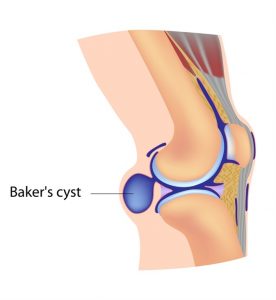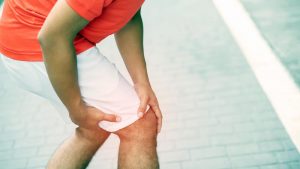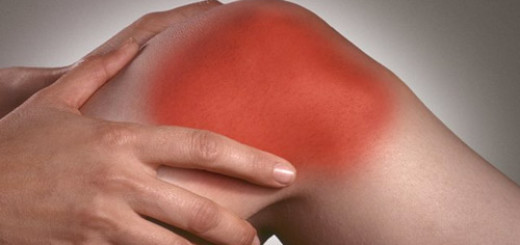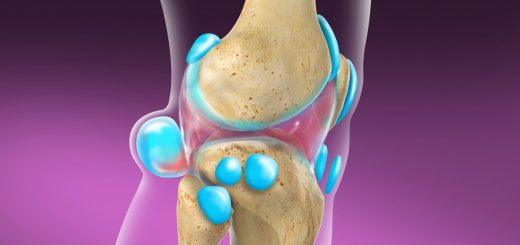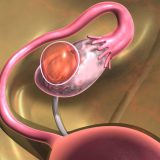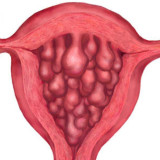People do not always know there is a Baker’s cyst. Third of the patients experience it asymptomatically. Signs of the fact that a Baker’s cyst is developing behind the knee are the following:
- the appearance of pain and stiffness when driving in the popliteal area (leg more difficult to bend);
- the appearance of swelling in the popliteal fossa, the timor reaches the size of a ping-pong ball;
- pain often goes on the calf muscles;
- sensitivity of the sole of the foot.
The most accurate information can be given by ultrasound and MRI that will detect even a small tumor that still hasn’t manifest itself.
Why does a Baker’s cyst appear?
It should be clarified that a Baker’s cyst behind a knee does not appear by itself. Typically, its occurrence precede other pathologic processes with an inflammatory or degenerative nature. These include excessive load on the knee joint, cartilage injuries in the knee injury, as well as arthritis, arthrosis, synovitis, osteoarthritis, and so on.
In most cases the popliteal cyst can be found in people with knee injury or regularly subject it to load in the past. These include athletes, lifters and other representatives of heavy physical load.
How to treat a Baker’s cyst behind the knee
Baker’s cyst is usually treated in the department of traumatology and orthopedics. There are two methods to get rid of the cyst – conservative therapy and surgery, if necessary combined.
Drug therapy is used only if Baker’s cyst behind the knee has a small volume and do not press vessels and nerves. The patient was prescribed anti-inflammatory drugs, injections and compresses. Such treatment is not often conducted to heal the patient, and usually serves only as an aid to surgery or thereafter.
Some rules to be followed by the patient with a Baker’s cyst
Baker’s cyst behind the knee often causes severe pain when moving, and sometimes while rest. In order to facilitate it, the patient is to follow a few rules.
- give the rest to the knee as much as possible. To do this, at the slightest opportunity avoid strenuous exercise, such as running, lifting weights, sit-ups, and so on.
- During leisure the leg should be lifted by placing a pillow under it so that it is at the level of the hip or above.
- Put ice compresses on the cyst to relieve pain and slow down its growth. Ice should be wrapped in a towel and only then put on the affected area. Keep it on 10 to 30 minutes.
- The knee should be fixed with elastic bandage, avoid bandage leg edema. The possibility of wearing a bandage requires consulting a doctor!
- After treatment, the leg should be kept away of excess weight lifting. Every pound put a serious strain on the knees and can cause relapse.
Surgical treatment of Baker’s cyst
One of the treatments is puncture of the cysts. A doctor uses anesthesias and injects hormonal anti-inflammatory agent (“Triamcinolone”, “Berlikort”, “Diprospan”) establishing a process allowing the tissue to repair. But if heavy exercises or injury are not excluded, this procedure will be repeated.
In a situation when the pathology is accompanied with complications a Baker’s cyst must be removed with local anesthesia. To do this an incision is made and the tumor is removed through it.
Do I need to see a doctor with diagnosis “Baker’s cyst”
Currently, more frequent are the cases when it is very difficult to establish the root causes the occurrence of the described disease. In addition, as it has already been mentioned, a Baker’s cyst symptoms can stay unnoticed for a long time. At the same time there are a lot of cases when it is resorbed by itself.
So, finding it in your leg, you decide, may be we should just wait? No! No way! As we have already said, not the cyst is dangerous, but the complications it entails. So do not delay consultation the doctor. Do not tell yourself to do it later. The fact is that the complications occur suddenly, and a leg seemed normal yesterday becomes a major source of problems today. Do not play with fire, be healthy!
Baker’s cyst in children – more often than in adults. Dangerous complications.
